Climate Change and Water Scarcity
The challenges posed by climate change and water scarcity are driving the Agricultural Fertigation and Chemigation Market towards innovative solutions. As water resources become increasingly limited, efficient irrigation methods such as fertigation and chemigation are essential for maximizing crop production with minimal water use. These techniques allow for targeted nutrient application, which can help crops withstand stress conditions associated with climate change. The urgency to adapt to these environmental challenges is likely to propel the growth of the Agricultural Fertigation and Chemigation Market, as farmers seek effective strategies to ensure food security in a changing climate.
Advancements in Irrigation Technology
Technological innovations are reshaping the Agricultural Fertigation and Chemigation Market. The integration of smart irrigation systems, sensors, and automated controls enhances the efficiency of water and nutrient application. These advancements not only optimize resource use but also minimize waste, aligning with sustainability goals. For instance, precision irrigation systems can reduce water usage by up to 50% while maintaining crop health. As farmers increasingly adopt these technologies, the Agricultural Fertigation and Chemigation Market is likely to witness substantial growth, driven by the need for more efficient agricultural practices.
Increasing Demand for Food Production
The Agricultural Fertigation and Chemigation Market is experiencing a surge in demand driven by the need for enhanced food production. As the global population continues to rise, the pressure on agricultural systems to produce more food efficiently intensifies. Fertigation and chemigation techniques allow for precise nutrient delivery, which can significantly increase crop yields. Reports indicate that the adoption of these methods can lead to yield increases of up to 30% in certain crops. This heightened demand for food, coupled with the necessity for sustainable practices, positions the Agricultural Fertigation and Chemigation Market as a critical component in meeting future food security challenges.
Government Incentives and Support Programs
Government initiatives aimed at promoting efficient agricultural practices are playing a pivotal role in the Agricultural Fertigation and Chemigation Market. Many governments are implementing policies that provide financial incentives for farmers to adopt advanced irrigation techniques, including fertigation and chemigation. These programs often include subsidies, grants, and technical assistance, which can significantly lower the barriers to entry for farmers. As a result, the market is likely to see increased adoption rates, as farmers take advantage of these supportive measures to enhance productivity and sustainability in their operations.
Rising Awareness of Sustainable Agriculture
There is a growing awareness of sustainable agricultural practices among farmers and consumers alike, which is positively influencing the Agricultural Fertigation and Chemigation Market. Sustainable practices, including the use of fertigation and chemigation, are recognized for their potential to reduce chemical runoff and improve soil health. This shift towards sustainability is supported by various agricultural organizations and initiatives promoting environmentally friendly farming methods. As a result, the market for fertigation and chemigation is expected to expand, as more farmers seek to adopt practices that align with sustainability goals and consumer preferences.


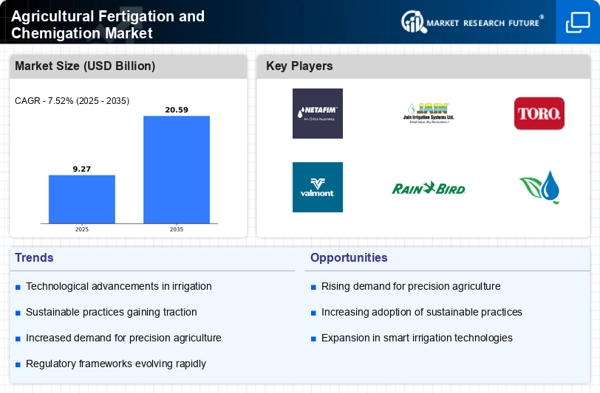
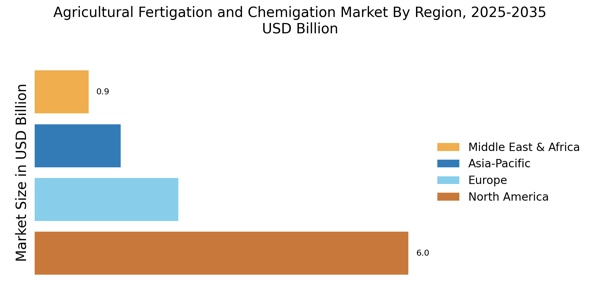
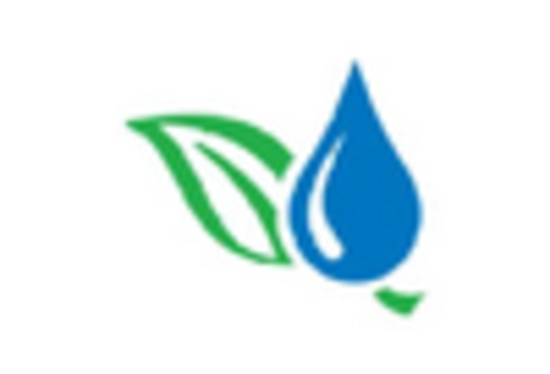
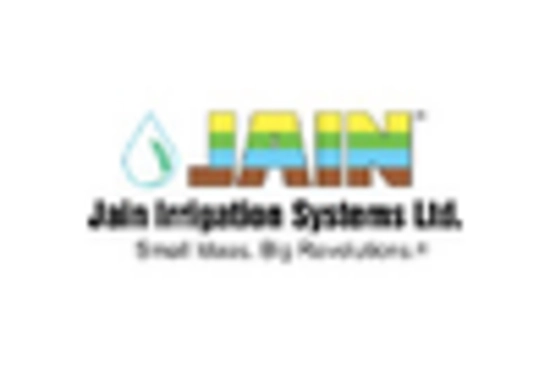
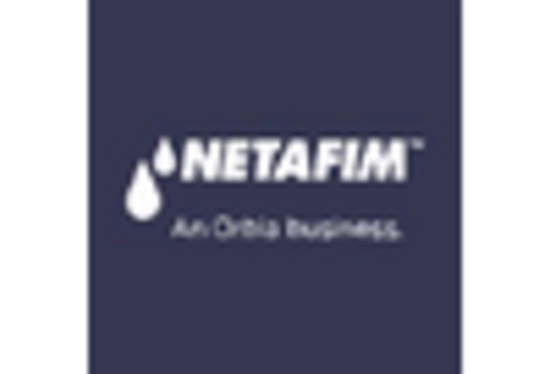
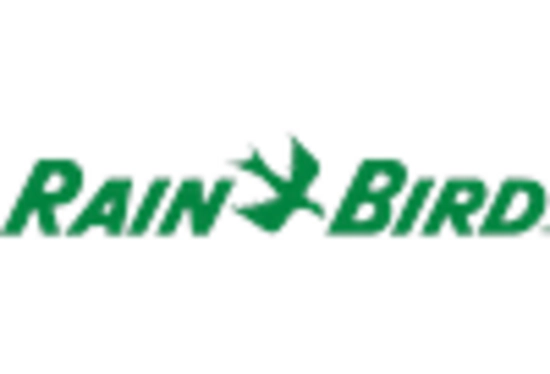
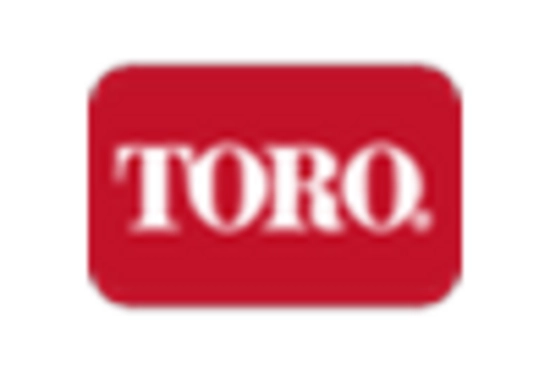
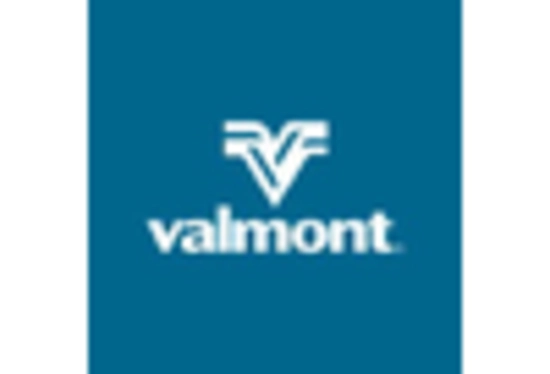








Leave a Comment